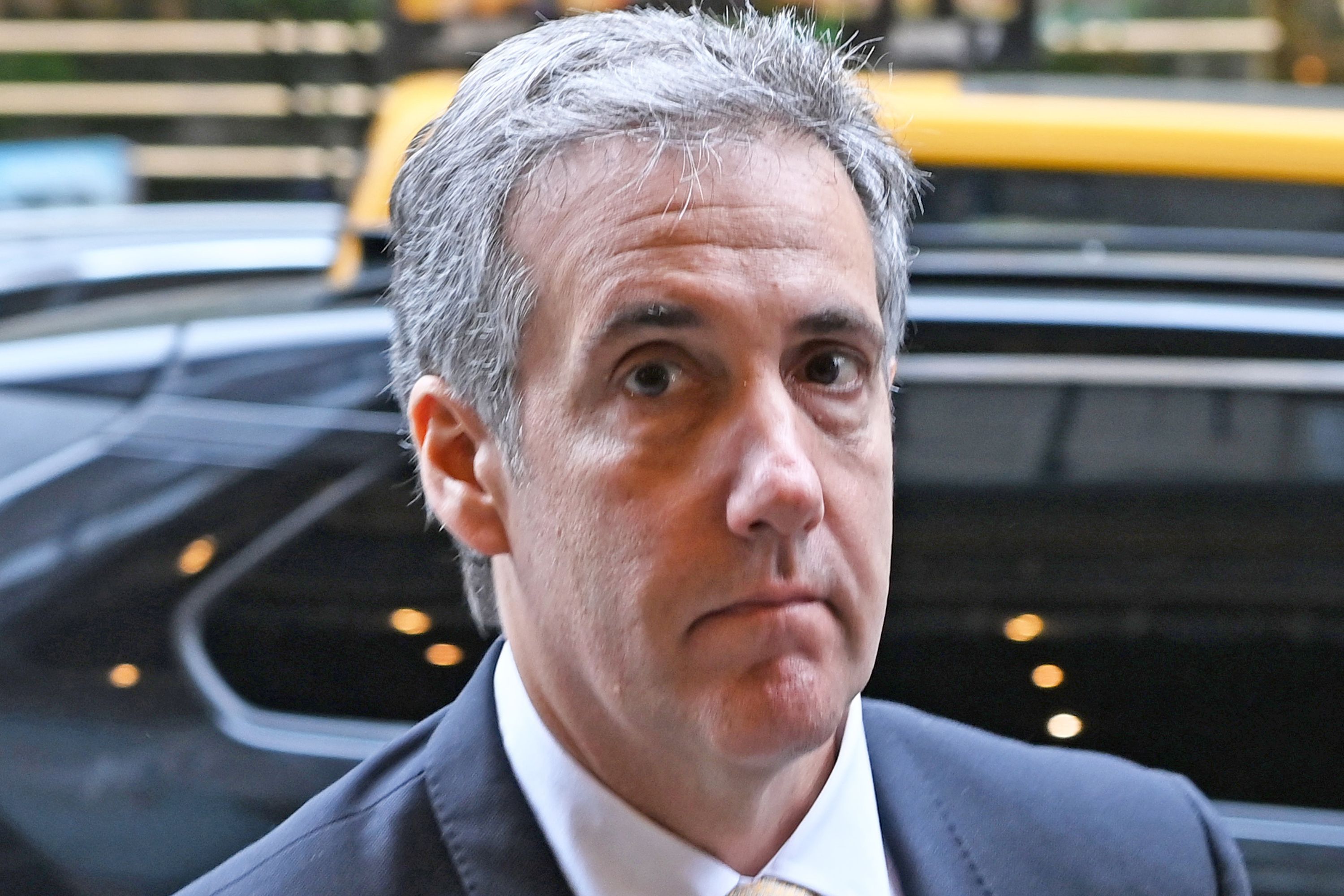"The period was so far like the present period, that some of its noisiest authorities insisted on its being received . . . in the superlative degree of comparison only."
—Charles Dickens, A Tale of Two Cities
We are, it's said, living through the most wrenching period since the end of World War II. Unemployment has exceeded 9 percent for 20 months, and it's unclear when it will decisively decline. Americans' faith in the future has been shaken; a recent Gallup poll finds that only one in seven thinks it "very likely" that today's children will "have a better life than their parents." The feelings and facts are genuine, but the conclusion amounts to historical amnesia. At least one other period rivals the present for its disillusion and contentiousness - the 1960s.
At first blush, the comparison seems absurd. The '60s were nothing if not prosperous. The economy expanded for a then-record 106 months; by 1969, the unemployment rate was 3.5 percent. For job seekers, it was paradise. "I didn't look for a job, the job looked for me," recalls political scientist Alan Wolfe of Boston College, who received his Ph.D. in 1967. That applied to almost anyone wanting work. Now, graduating Ph.D.'s face "horrendous" prospects, notes Wolfe, as do most job seekers.
But a strictly economic focus misses broader political and psychological parallels. What frightens people today is that we've experienced setbacks that were so completely unpredicted and unimagined (financial panic, major bank failures, General Motors' bankruptcy, huge budget deficits, collapsed housing values) that they raise dark doubts about our institutions and leaders. The political order seems unequal to the challenges. The stridency of debate reflects fears that one political crowd or the other will yank the country in a disastrous direction.
Precisely the same sort of breakdown occurred in the '60s, and although the causes were very different, the consequences as measured by public divisiveness and anxieties were as great or greater. "The country was more divided than at any time since 1861, just before the Civil War," says historian Allen Matusow of Rice University, author of an acclaimed history of the '60s, "The Unraveling of America."
About two-thirds of Americans, born in 1960 or later, are too young to have a firsthand memory of the convulsions of the '60s. Even for many who lived it, the '60s have become a historical cartoon - hippies, drugs and antiwar protests. What's forgotten is the era's deep public and private acrimony.
Conflict isn't always bad. The civil rights protests early in the decade produced the most significant legislation of the post-World War II era: the Civil Rights Act of 1964, outlawing discrimination in employment and public accommodations. But beginning with President John F. Kennedy's assassination in November 1963 and ending with Richard Nixon's resignation in August 1974 - the real bookends for the historical '60s - Americans were increasingly traumatized by events that, at the time, were unthinkable.
No one thought that Kennedy's assassination would be followed by others: Martin Luther King Jr.'s and Robert Kennedy's in 1968. No one thought that urban riots, starting with the Watts section of Los Angeles, would become a recurring summer threat. No one thought that anti-Vietnam War protests (partially driven by students' fears of being drafted) would mushroom into a major political movement. No one thought that one president (Lyndon Johnson) would not run for reelection and that another (Nixon) would face impeachment and resign. No one thought that the economic boom would spawn ever-rising inflation.
The toll on the national psyche was profound. Democrats, more than Republicans, became bitterly divided. People felt threatened. Law and order became a popular cause - from 1963 to 1973, the homicide rate doubled, from 4.6 to 9.4 per 100,000 - and was sometimes code for racism. In the 1968 presidential election, Gov. George Wallace of Alabama campaigned on the backlash and received 13.5 percent of the vote.
Polarization was not just public. Families often split angrily. Some early baby boomers, reared in affluence and largely ignorant of the Depression and World War II, adopted political views and counterculture lifestyles that infuriated their parents, who had lived through the hard times and thought they knew better.
Activists were always a minority. A 1969 Gallup poll found that 72 percent of college students had never demonstrated against the war. But the minority's high visibility fed the perception that America was coming apart, with its privileged youth rejecting "conventional middle-class styles of life" and impugning "the symbols of American patriotism," Brown University historian James Patterson writes in Grand Expectations: The United States, 1945-1974.
It was a wrenching era. Although dramatic differences separate then and now, the history reminds us that we've been through this before. It also allows for modest optimism. With time, luck and leadership, America has the capacity for self-repair.
Uncommon Knowledge
Newsweek is committed to challenging conventional wisdom and finding connections in the search for common ground.
Newsweek is committed to challenging conventional wisdom and finding connections in the search for common ground.





